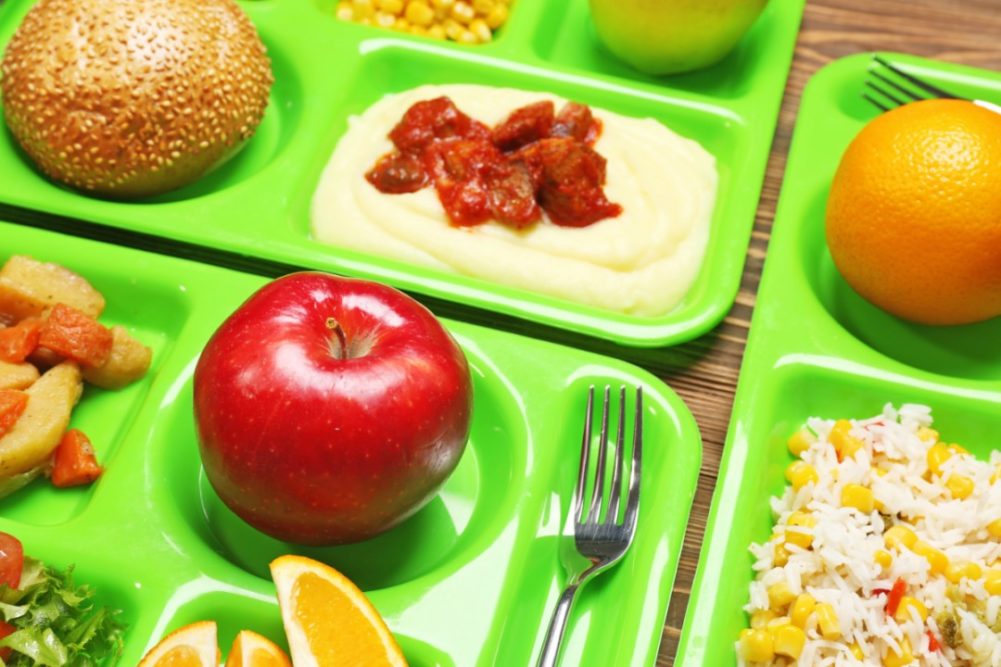WASHINGTON — A $1.5 billion program to provide states and school districts facing challenges with school meal programs because of supply chain disruptions was announced Dec. 17 by the Biden administration.
With funds available through the Commodity Credit Corp., the US Department of Agriculture (USDA) will provide $1 billion for schools to buy foods for meal programs, $300 million to purchase foods to be distributed to schools and another $200 million for cooperative agreements to purchase local food. The latter program will focus on buying from historically underserved producers.
“USDA’s school meal programs have a wide-reaching impact on the health and well-being of our nation’s children,” said Secretary of Agriculture Tom Vilsack. “Now, more than ever, America’s children need access to healthy and nutritious foods and our school nutrition professionals play a huge role in making that happen. Throughout the COVID-19 pandemic, school districts have met extraordinary challenges to ensure that every child has the food needed to learn, grow and thrive. The food and funds USDA is distributing will help ensure schools have the resources they need to continue to serve our nation’s school children quality food they can depend on, all while building a stronger, fairer, and more competitive food system.”
The $1 billion will come from the Department’s Food and Nutrition Service for cash payments, known as supply chain assistance funds, for school districts to use to buy food for school meal programs.
The funding may be used for the purchase of unprocessed and minimally processed domestic food, including fresh fruit, milk, cheese, frozen vegetables and ground meat.
The $200 million will come from the Local Food for Schools Cooperative Agreement Program and go to states for food assistance purchases of domestic local foods.
“This program will strengthen the food system for schools by helping to build a fair, competitive, and resilient local food chain and expanding local and regional markets with an emphasis on purchasing from historically underserved producers and processors,” the USDA said.
Additionally, the Department will spend about $300 million for domestically grown and produced food products, known as USDA Foods, for states to distribute to schools to offset the impact of disruptions to their normal supply chains. Grains included in the USDA Foods list include oat circle cereals, flour, rolled oats, pancakes, pasta, rice and tortillas.
Conducting market research and working with USDA’s qualified small to large vendors, the USDA has identified a large list of available products. States will be able to order these additional foods within the coming weeks, with deliveries to occur as soon as possible.
The Department said the funding is being made in addition to steps the USDA is taking to deal with supply chain challenges. These steps include “a broad range of flexibilities,” resources, and hands-on support for dealing with issues such as contract cancellations and increased food costs.
Other steps the Department is taking include a Direct Certification with Medicaid Demonstration Project in which 27 states use Medicaid data to create an easier method to identify low-income children (from families who have completed the Medicaid determination process) to determine eligibility for reduced price school meals.



